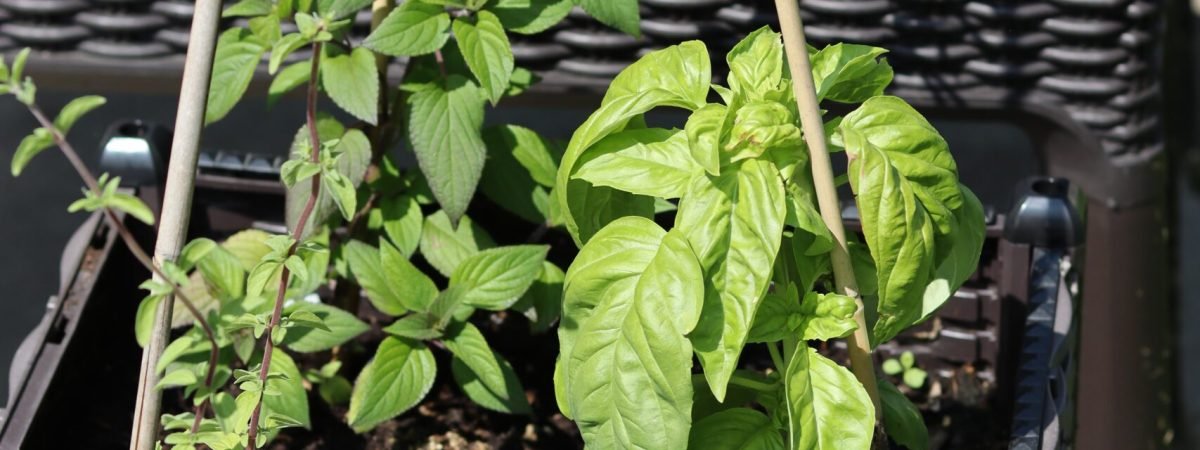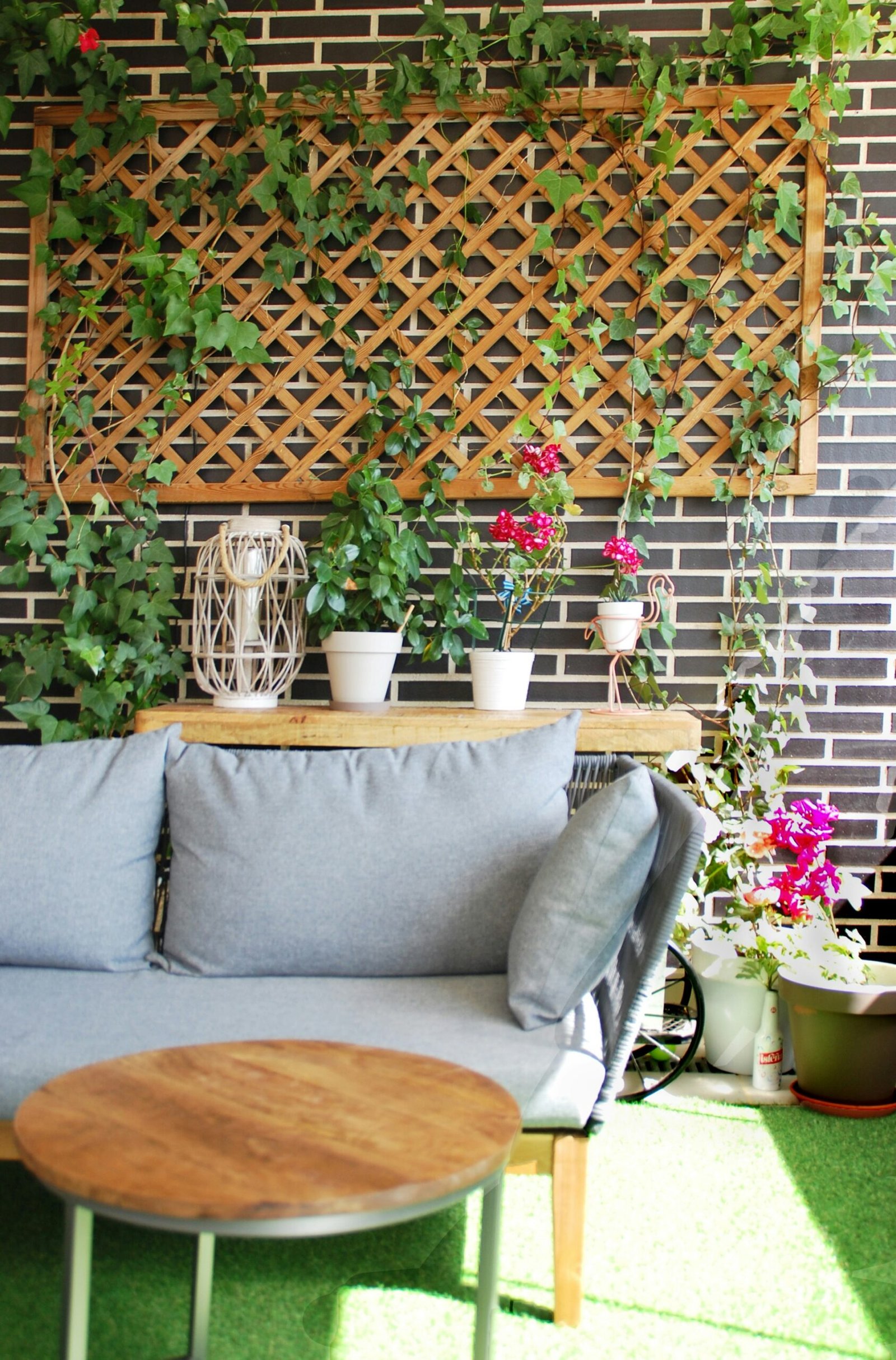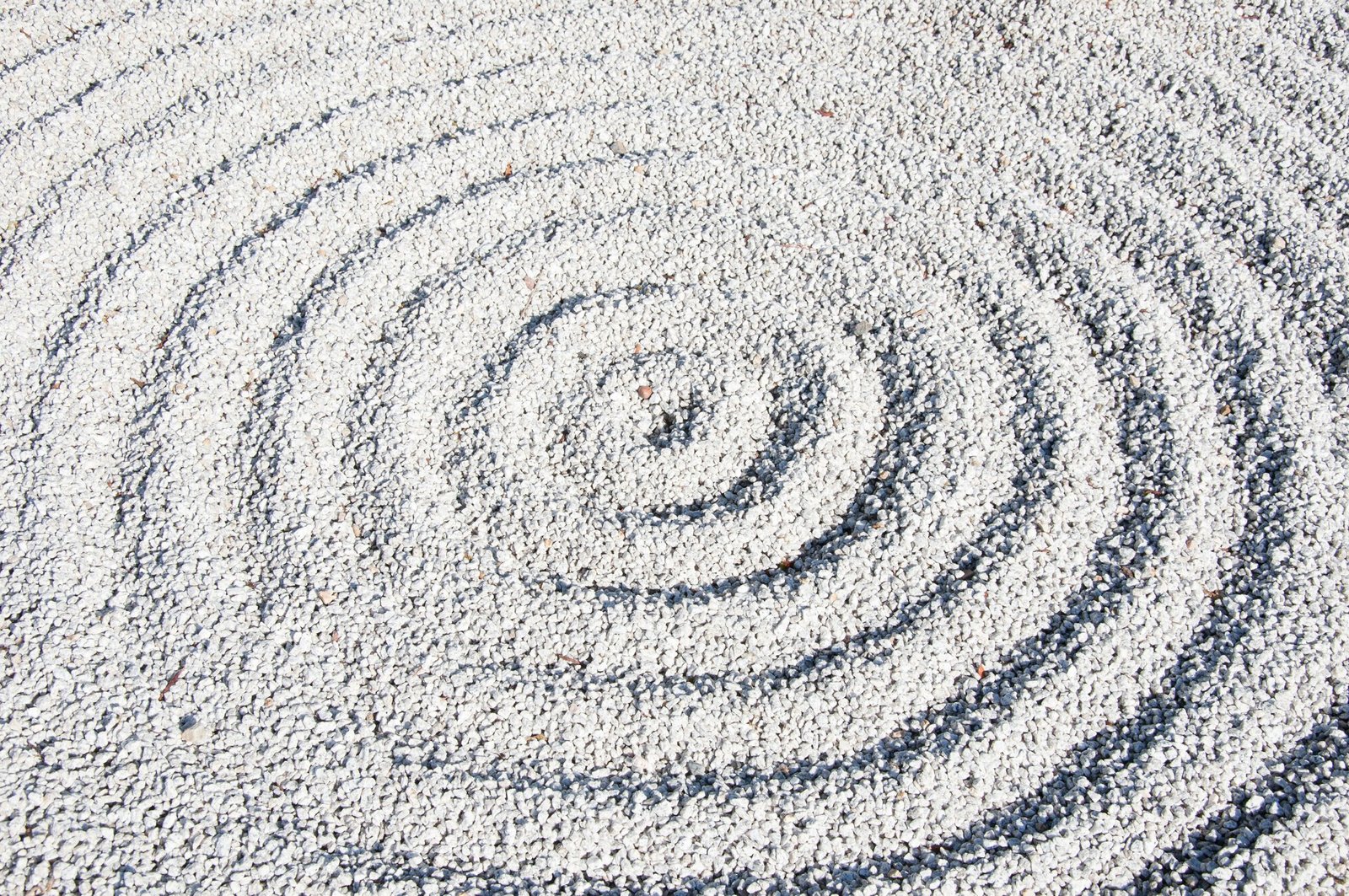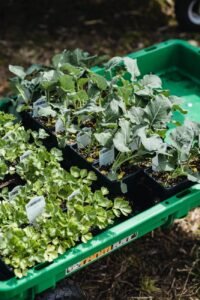Are you interested in adding fresh flavors to your cooking? Growing your own herbs at home is a great way to have a ready supply of aromatic and flavorful ingredients right at your fingertips. Whether you have a large garden or just a small balcony, you can easily grow herbs that will enhance your culinary creations. In this beginner’s guide, we will walk you through the steps to successfully grow your own herbs at home.
1. Choose the Right Location
The first step in growing herbs at home is to find the right location for your herb garden. Most herbs thrive in a sunny spot, so look for an area that receives at least 6-8 hours of direct sunlight each day. If you don’t have access to a sunny outdoor space, you can still grow herbs indoors near a sunny window or under grow lights.
2. Select Your Herbs
Next, decide which herbs you would like to grow. Consider the herbs you use most often in your cooking and start with those. Some popular herbs for beginners include basil, parsley, mint, rosemary, and thyme. You can either start from seeds or purchase young plants from a local nursery or garden center. Starting from seeds gives you a wider variety to choose from, but it can take longer for the plants to mature.
3. Prepare the Soil
Before planting your herbs, it’s important to prepare the soil. Herbs prefer well-draining soil, so if your soil is heavy or clay-like, you may need to amend it with compost or sand to improve drainage. If you are growing herbs in containers, choose a potting mix specifically formulated for herbs or vegetables.
4. Plant Your Herbs
Once your soil is ready, it’s time to plant your herbs. Dig a small hole for each plant, making sure to space them according to the specific requirements of each herb. Gently remove the plant from its container and place it in the hole, backfilling with soil and patting it down lightly. Water your herbs thoroughly after planting to help settle the soil.
5. Water and Care for Your Herbs
Proper watering is crucial for the health of your herbs. Most herbs prefer to be kept evenly moist, but not overly wet. Check the moisture level of the soil regularly and water when the top inch feels dry. Be careful not to overwater, as this can lead to root rot.
In addition to watering, it’s important to care for your herbs by providing them with the right conditions. Regularly pinch off any flowers that form to encourage the plants to focus on leaf production. Fertilize your herbs every few weeks with a balanced organic fertilizer to promote healthy growth.
6. Harvesting Your Herbs
As your herbs grow, you can start harvesting them for use in your cooking. Harvesting encourages the plants to produce more leaves, resulting in a bushier and healthier plant. When harvesting, always remove the oldest leaves first, starting from the bottom of the plant. This will ensure that your herbs continue to grow and thrive.
7. Storing and Preserving Herbs
If you have an abundance of herbs, you may want to store or preserve them for future use. One popular method is to dry herbs by hanging them upside down in a cool, dry place until they are completely dried. Once dried, you can store them in airtight containers for several months. Another option is to freeze herbs by chopping them and placing them in ice cube trays with a little water or oil.
Growing your own herbs at home is a rewarding and cost-effective way to enhance your culinary adventures. With a little bit of planning and care, you can enjoy the fresh flavors and aromas of homegrown herbs in your favorite dishes. So why not give it a try and start your own herb garden today?















